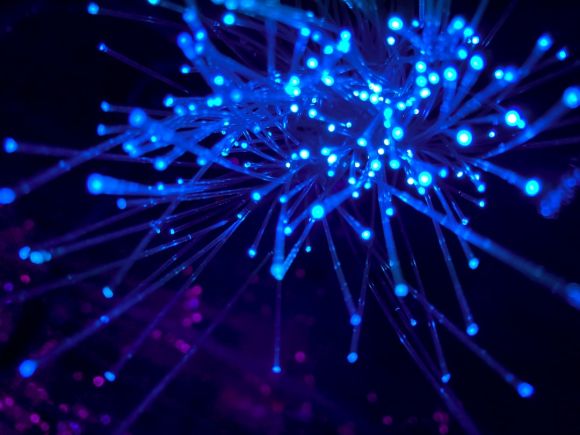The advent of 5G technology promises to revolutionize many aspects of our lives, and one area that will undoubtedly be affected is the Internet of Things (IoT). With faster speeds, lower latency, and increased capacity, 5G will enable IoT devices to operate more efficiently and effectively than ever before. In this article, we will explore the impact that 5G will have on IoT devices and the potential benefits it will bring.
Enhanced Connectivity and Communication
One of the key advantages of 5G is its ability to provide enhanced connectivity and communication. With its faster speeds, IoT devices will be able to transmit and receive data more quickly and efficiently. This will enable real-time communication between devices, allowing for faster decision-making and increased automation.
For example, in a smart home environment, 5G will enable seamless communication between various connected devices, such as smart thermostats, lighting systems, and security cameras. With faster speeds and lower latency, these devices will be able to respond to commands and transmit data instantaneously, creating a more responsive and interconnected ecosystem.
Improved Efficiency and Reliability
Another significant impact of 5G on IoT devices is improved efficiency and reliability. With its increased capacity, 5G will be able to support a larger number of connected devices simultaneously. This means that IoT networks will be able to handle more data traffic and accommodate the growing number of connected devices in our increasingly digital world.
In addition, 5G’s lower latency will reduce the time it takes for IoT devices to communicate with each other and the cloud, improving the overall responsiveness of the system. This will be particularly beneficial in applications that require real-time data processing, such as autonomous vehicles, industrial automation, and healthcare monitoring.
Empowering New Applications and Services
The introduction of 5G will also open up new possibilities for IoT applications and services. With its faster speeds and lower latency, 5G will enable the development of innovative solutions that were not feasible with previous generations of wireless technology.
For instance, in the field of healthcare, 5G-powered IoT devices could enable remote patient monitoring and telemedicine services on a larger scale. Doctors would be able to monitor patients’ vital signs in real-time and provide immediate care and guidance, regardless of their physical location.
Similarly, in the transportation sector, 5G could revolutionize the way we travel. With its low latency and high capacity, autonomous vehicles will be able to communicate with each other and the surrounding infrastructure, enabling safer and more efficient transportation systems.
Challenges and Considerations
While the potential benefits of 5G for IoT devices are vast, there are also challenges and considerations to overcome. One of the main challenges is the need for a robust and secure network infrastructure to support the increasing number of connected devices. As the number of IoT devices grows exponentially, the network must be able to handle the increased data traffic and ensure the security and privacy of the transmitted data.
Another consideration is the cost and availability of 5G technology. As with any new technology, the initial deployment of 5G networks will require significant investment. Additionally, the availability of 5G coverage may be limited initially, with urban areas likely to see the first rollouts.
In conclusion, the impact of 5G on IoT devices will be significant. With enhanced connectivity and communication, improved efficiency and reliability, and the ability to empower new applications and services, 5G will revolutionize the IoT ecosystem. However, challenges such as network infrastructure and cost need to be addressed to fully realize the potential of 5G for IoT. As 5G continues to roll out worldwide, we can expect to see an increasingly connected and smart world, where IoT devices seamlessly interact and improve various aspects of our lives.
